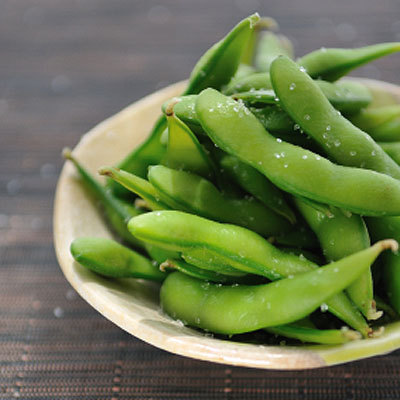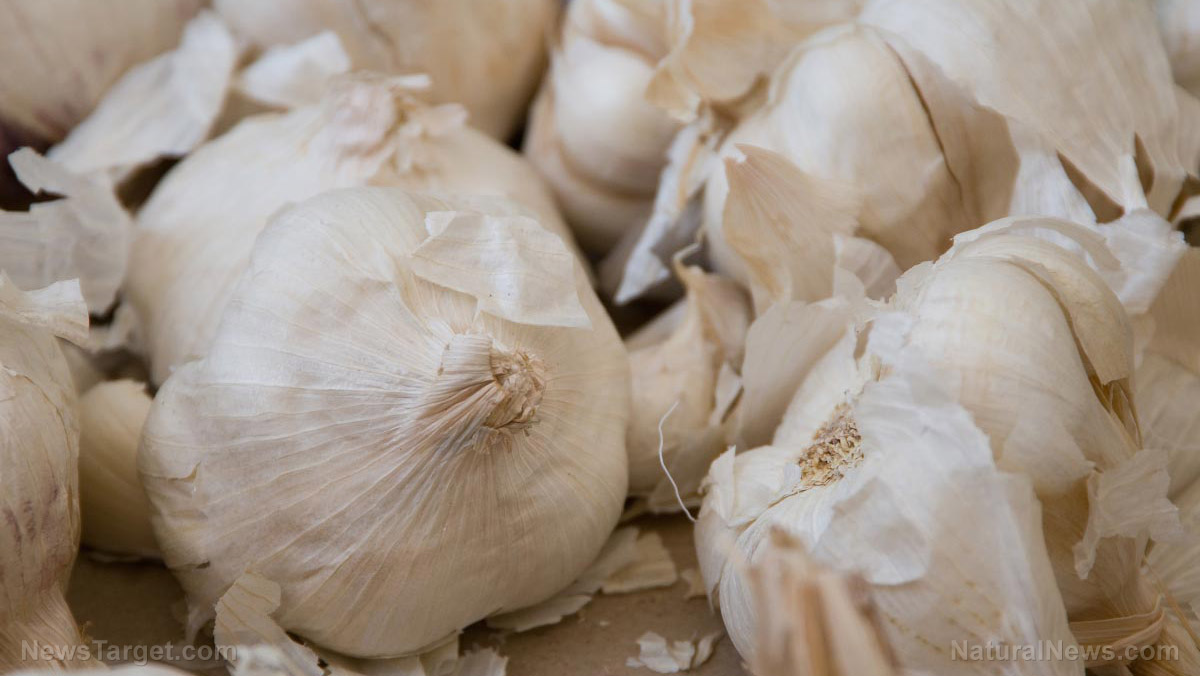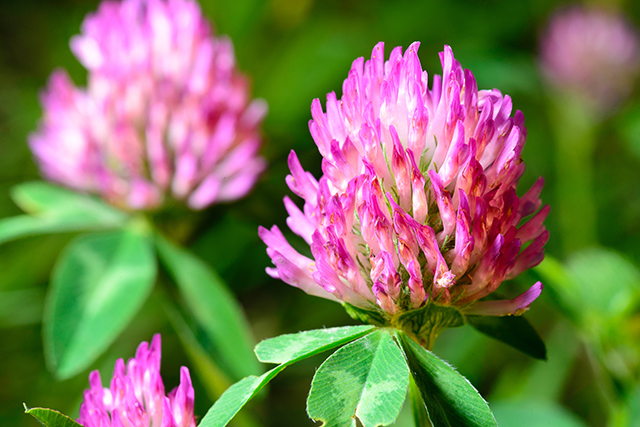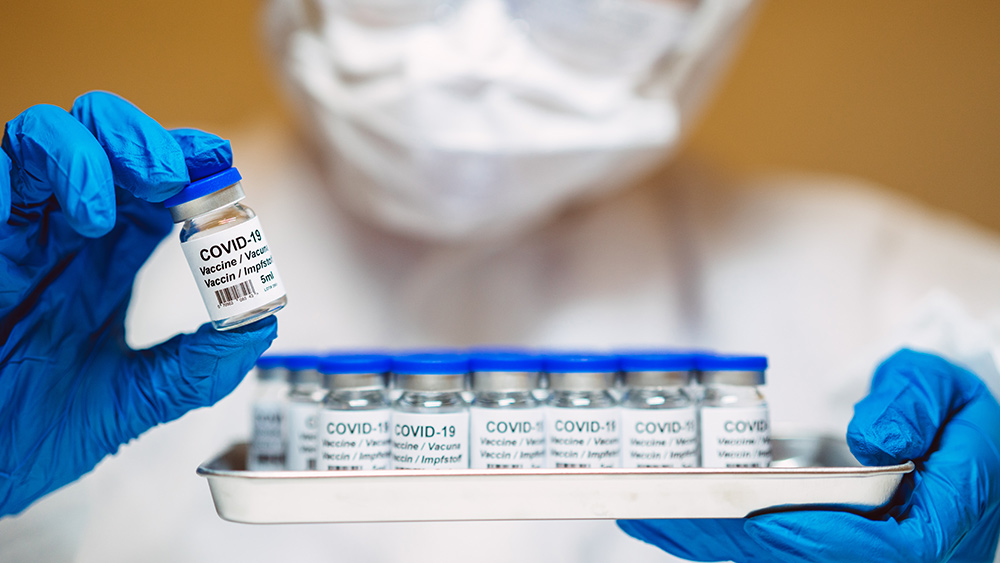 Parler
Parler Gab
Gab
- Edamame is an immature green soybeans, harvested fresh and often steamed or boiled. It originated in China, became popular in Japan, and is now a global superfood.
- It is high in protein (18.5g per cup), fiber, healthy fats and essential vitamins and minerals. It is also rich in antioxidants like isoflavones, which may reduce inflammation and cancer risk.
- Edamame can support heart health, muscle recovery and blood sugar control. It may also help lower cancer risk and promote long-term wellness.
- Conventional edamame may contain pesticides (glyphosate) and heavy metals (cadmium). However, organic, non-GMO edamame is the safer choice.
- A versatile food, edamame can be consumed as a snack (steamed pods) or made into dips (hummus), salads, stir-fries and pasta. It is easy to incorporate into various healthy dishes.
Edamame: a nutritional powerhouse
Edamame is the Japanese term for immature soybeans harvested while still green and soft. Unlike mature soybeans, which are dried and used for products like tofu and soy milk, edamame is enjoyed fresh or frozen, often steamed or boiled in the pod and lightly salted. (Related: 6 Nutritious sources of plant protein for vegans and vegetarians.) The origins of edamame can be traced back to around 200 BCE in China, where soybeans were first cultivated. It later became popular in Japan during the Edo period (1603–1868), where it was commonly served as a snack with beer in izakayas (Japanese pubs). Today, edamame has become a global phenomenon, embraced by health-conscious eaters and chefs alike for its versatility and impressive nutritional profile. Edamame is one of the most nutrient-dense plant foods available. A one-cup (155 grams, g) serving of cooked edamame provides:- 18.5 g of complete protein, containing all nine essential amino acids.
- Eight grams of fiber to support digestion and gut health.
- Eight grams of healthy fats, including omega-3s.
- 3.5 milligrams (mg) of iron, a crucial nutrient for energy and blood health (20 percent of the DV).
- 98 mg of calcium to support bones and muscle function.
- 99 mg of magnesium to aid nerve and muscle function (25 percent of the DV).
- 482 microgram (mcg) of folate, which is vital for cell growth and pregnancy (121 percent of the DV).
- 41 mcg of vitamin K, an important nutrient for blood clotting and bones (34 percent of the DV).
- Antioxidants like isoflavones (genistein and daidzein), which may reduce inflammation and lower cancer risk.
Health benefits of edamame
Edamame offers numerous health benefits, making it a nutritious addition to any diet. It can support heart health by providing fiber, healthy fats and antioxidants, which help lower LDL cholesterol and blood pressure. For those focused on fitness, edamame is an excellent plant-based protein source, aiding muscle recovery more effectively than quinoa or lentils. Additionally, its combination of fiber and protein helps with blood sugar control by slowing digestion and preventing blood sugar spikes. Research also suggests that the soy isoflavones in edamame may contribute to a reduced risk of certain cancers, including breast and prostate cancer. Overall, incorporating edamame into meals can promote long-term wellness. While edamame is highly nutritious, there are some concerns regarding pesticide residues and heavy metals in conventionally farmed soy. Soybeans are frequently treated with glyphosate, a controversial herbicide associated with serious health risks. Additionally, non-organic edamame may contain traces of organophosphates and neonicotinoids, which can disrupt hormonal balance. Another concern is the absorption of cadmium, a toxic heavy metal, from the soil into soybeans. Prolonged exposure to cadmium may harm kidney function over time. To reduce these risks, choose only organic edamame, as organic farming prohibits the use of synthetic pesticides and often utilizes cleaner soil. For the safest option, opt for organic, non-GMO edamame to minimize your pesticide exposure.Recipes and culinary uses
Edamame's mild, slightly sweet flavor makes it a versatile ingredient in many dishes. Here are some delicious ways to add edamame to your diet:- Classic steamed edamame - Boil or steam edamame pods, sprinkle with sea salt and enjoy as a snack.
- Edamame hummus - Blend cooked edamame with tahini, garlic, lemon and olive oil for a protein-rich dip.
- Edamame salad - Toss shelled edamame with cherry tomatoes, avocado, red onion and a sesame-ginger dressing.
- Stir-fries and grain bowls - Add edamame to veggie stir-fries, quinoa bowls or sushi rolls for extra protein.
- Edamame pasta - Some brands make high-protein pasta using edamame flour that is great for gluten-free, low-carb diets.
More related stories:
Edamame farmers are using rye as a cover crop to reduce the use of herbicides.
10 Healthy vegetarian snacks you can enjoy any time of the day.
Looking for plant-based protein? Here are 14 foods that are packed with it.
Sources include: Brighteon.AI NaturalNews.com Brighteon.comPassionflower: From ancient symbol to modern natural remedy
By Ava Grace // Share
5 Therapeutic herbs for sciatica
By News Editors // Share
Pomegranate juice lowers troponin levels, offering real prevention against heart attacks
By Lance D Johnson // Share
Red Clover: A versatile healing plant with many health benefits
By Ava Grace // Share
The art of minimalist prepping: Essential strategies for a simpler emergency plan
By Zoey Sky // Share
Governments continue to obscure COVID-19 vaccine data amid rising concerns over excess deaths
By patricklewis // Share
Tech giant Microsoft backs EXTINCTION with its support of carbon capture programs
By ramontomeydw // Share
Germany to resume arms exports to Israel despite repeated ceasefire violations
By isabelle // Share










